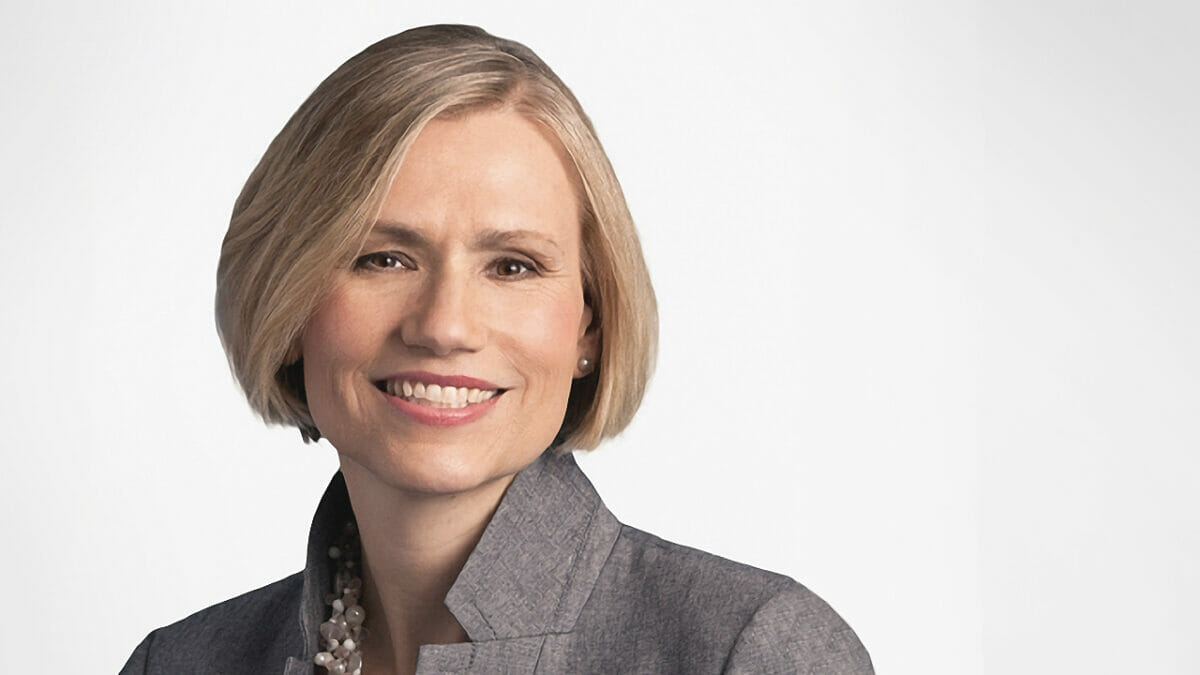Kristina Hooper, Chief Global Market Strategist, Invesco explains that “stagflation” is economic stagnation + inflation — and some worry that the U.S. will meet that definition in 2022. In the below, Kristina Hooper discusses why she doesn’t believe the U.S. is headed for stagflation.
Now that our 2022 outlook is out, one of the questions I am getting is why we don’t believe 2022 will be a “stagflationary” environment in the United States.
Well, let’s start with the definition of stagflation. Investopedia defines stagflation as an environment “characterized by slow economic growth and relatively high unemployment — or economic stagnation — which is at the same time accompanied by rising prices (i.e., inflation).
Let’s look at each component of that definition:
- Inflation. In terms of the inflation portion of the definition, we have certainly seen rising prices. In fact, November U.S. Consumer Price Index data was released on Friday, showing that headline inflation rose 6.8% year over year — which is the highest level since 1991. And yes, we do think inflation could remain high — and even rise further — in coming months. However, our base case for 2022 expects the rate of increase to peak by mid-year as supply chain issues resolve, vaccination levels increase, and more employees return to the workforce. So in the back half of 2022, we do not expect prices to continue to rise at a quickening pace. By that time, the rising prices portion of the stagflation definition is unlikely to apply, in our view.
- Economic growth. But where we really think the stagflation definition does not apply even today is when it comes to economic growth. Based on gross domestic product, economic growth is well above trend in the United States and, even though we anticipate it decelerating in 2022, we believe it will remain modestly above trend. What’s more, unemployment is low and has been improving quickly. For example, this past week, initial jobless claims in the United States clocked in at 184,000 — the lowest level since 1969.2 We believe the United States is likely to see continued improvement in employment and reach pre-pandemic levels of unemployment in 2022.
How might 2022 compare with 1970s stagflation?
It’s also worth thinking about how the 2022 macro environment might compare to past periods of stagflation.
The main example of stagflation that people rightly worry about was during the 1970s — specifically 1973 and 1979, when inflation shot up following the Arab Oil Embargo and the Iranian Oil Embargo, respectively. These two major oil shocks weren’t the only challenge back then, but they were certainly a big part of the problem because they drove inflation up sharply and they hit growth hard all over the world.
So what’s different today? It’s true that energy prices have surged sharply, but it is more demand-driven than supply-driven. While OPEC+ has instituted some production controls that have seriously limited the growth in output, the current rise in energy prices has been largely driven by demand as economies have re-opened. And more importantly, the global economy is far less energy intensive now than it was in the 1970s.
Now some have suggested that semiconductors are to this economy what energy was to the economy of the 1970s. There is certainly some truth to that — we have become far more dependent on semiconductors; they are part of a variety of products, from washing machines to automobiles to cell phones. And while there have been serious supply shortages for semiconductors, their production is not controlled by a cartel such as the Organization of the Petroleum Exporting Countries (OPEC) in the 1970s. Semiconductor manufacturers want to increase supply to meet demand; there is just a time lag given the need to build foundries to increase production. And it appears that the worst is behind us in terms of semiconductor shortages, which is welcome news as we head into 2022.
Other parts of the 1970s story were, in our view, much worse and much more “stagflationary” than today, especially crucial government actions. In 1973, the Nixon administration imposed price and wage controls and rationing. These included requiring Americans to buy gasoline on odd- or even-numbered calendar days, depending on their license plate numbers. These were effectively Soviet-type policies, which created shortages — first they repressed growth and consumption, and then they boosted inflation when the controls were lifted.
















